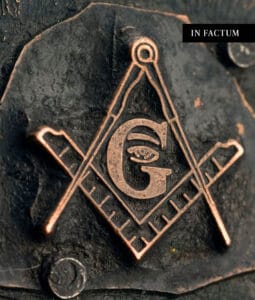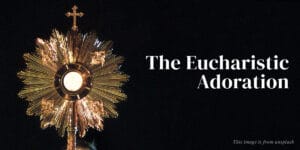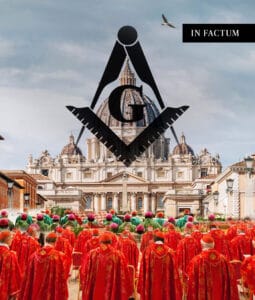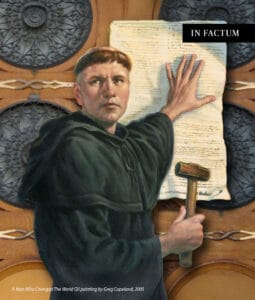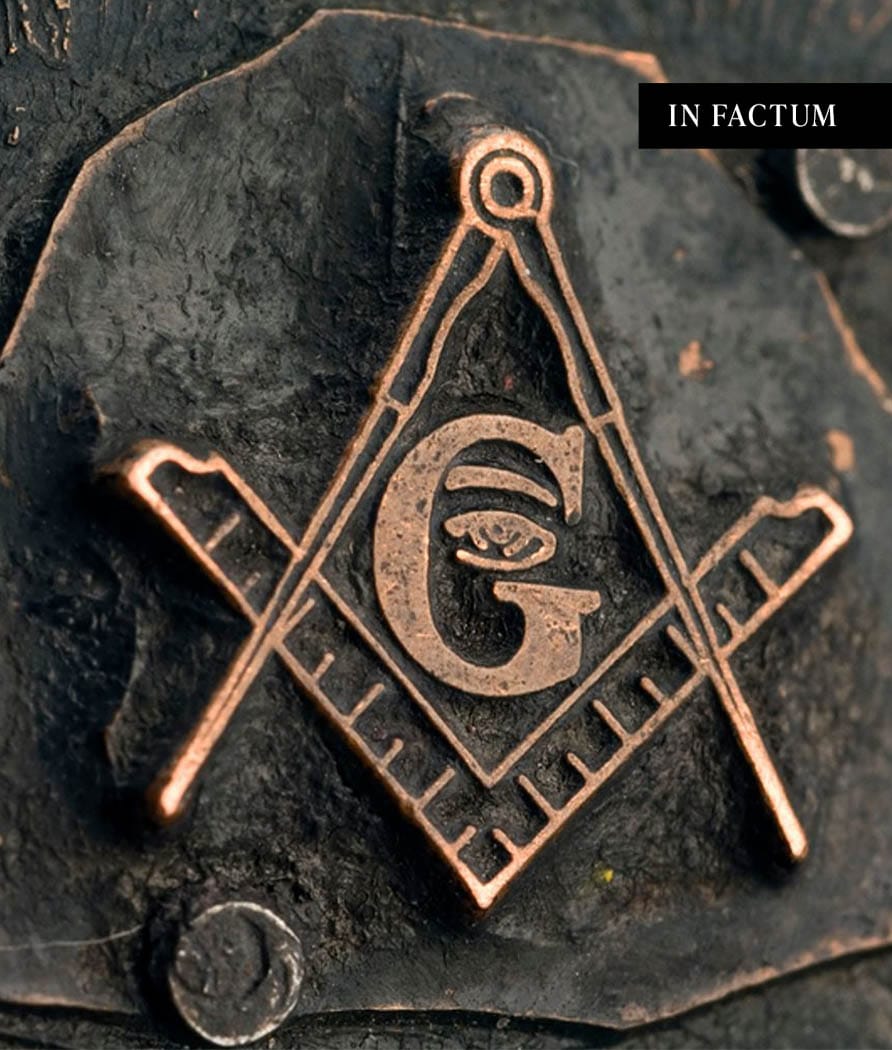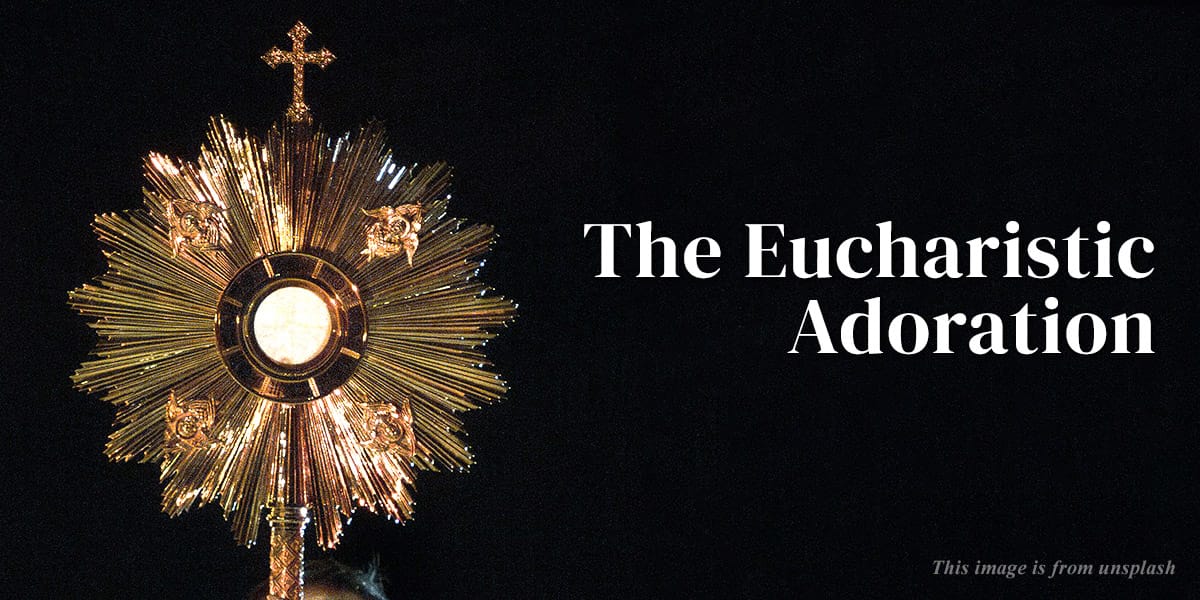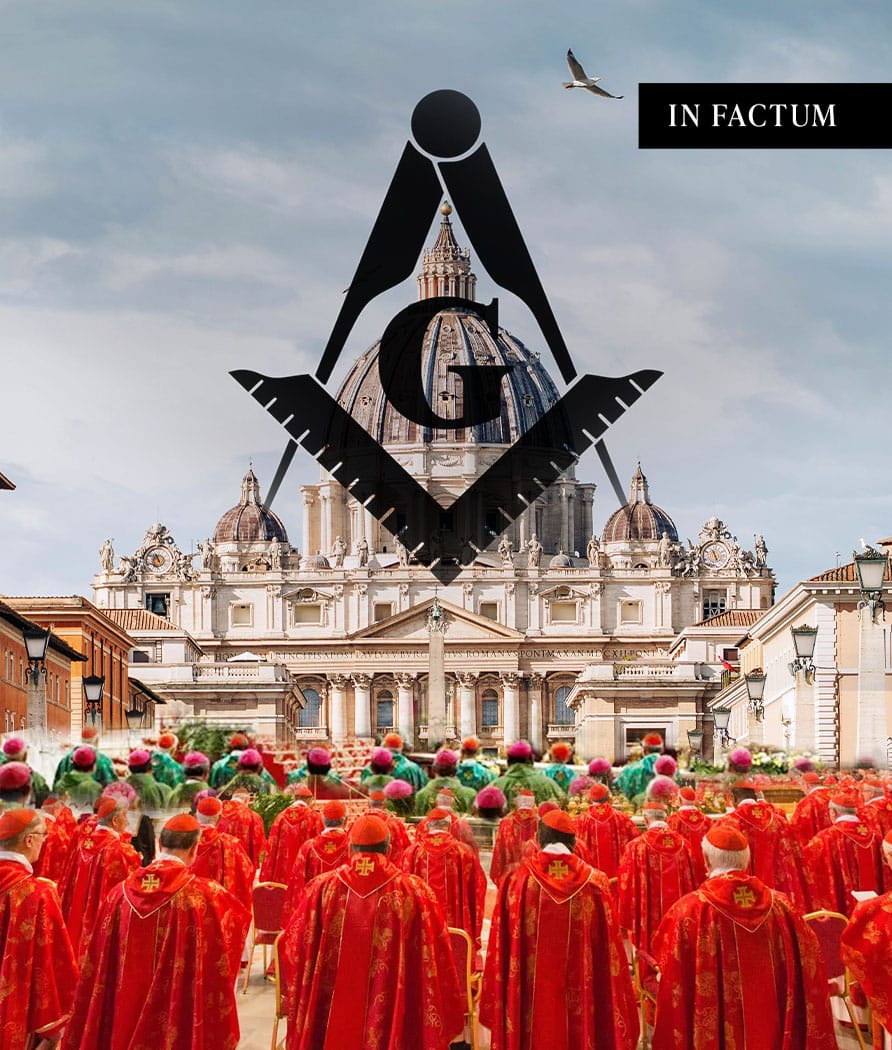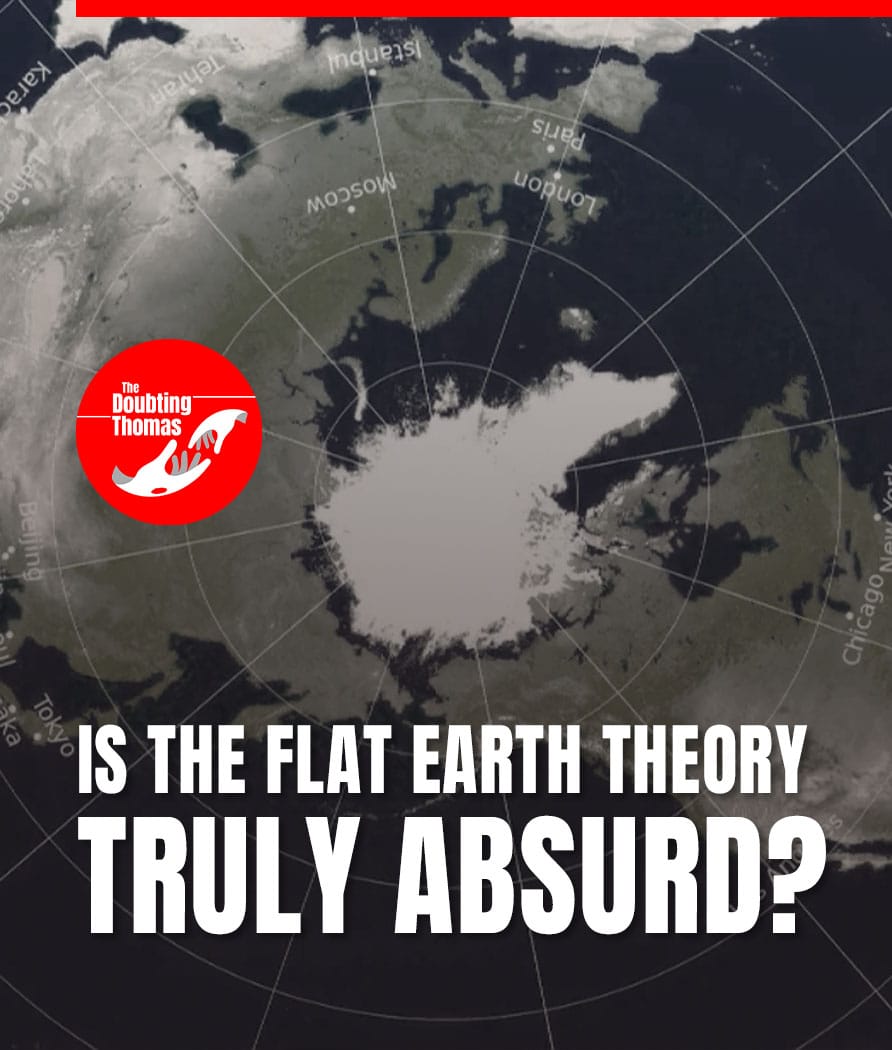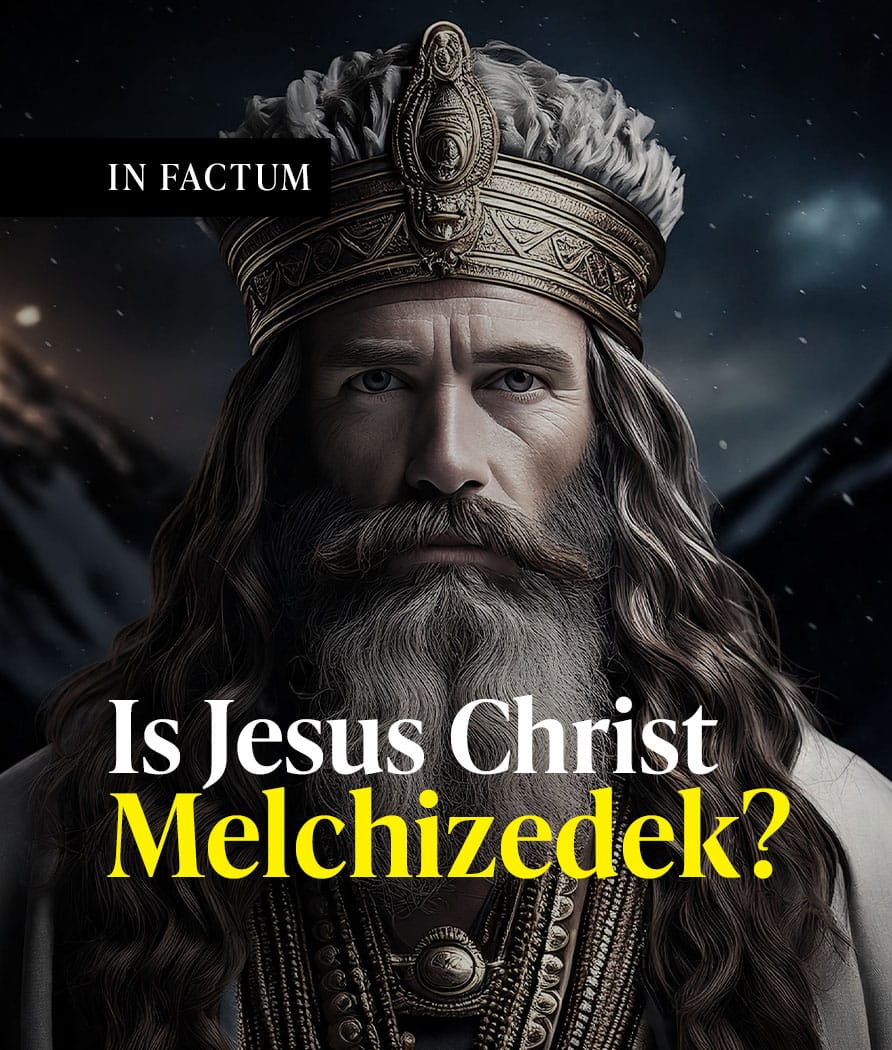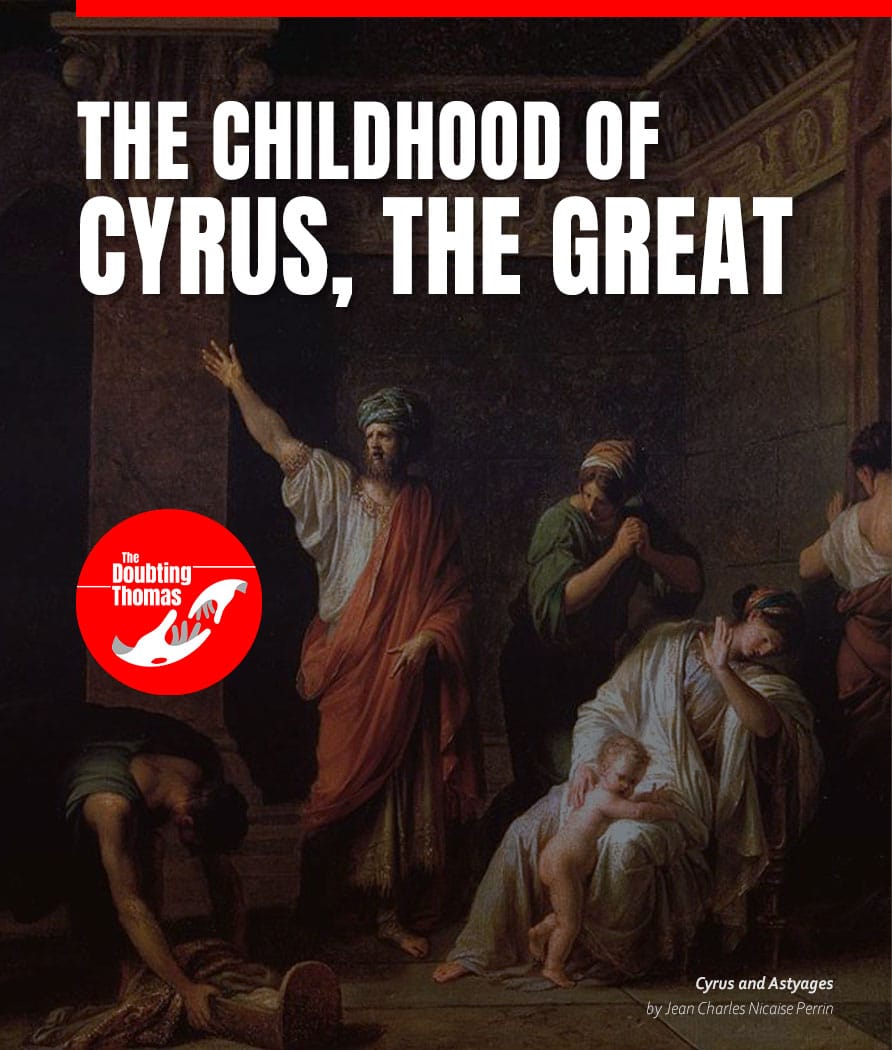Quinque viæ, translated as Five Ways or Five Proofs, are five logical arguments regarding the existence of God can be found in St. Thomas’ Summa Theologica.
St. Thomas Aquinas is an Italian Dominican Priest and Doctor of the Church of the 13th Century. He is considered as the most important Catholic theologian in the history, the greatest medieval theologian-philosopher and is also known as Doctor Angelicus or Angelic Doctor because of his angelic virtues and writings on the angels, and Doctor Communis, which means Common Doctor, because his teachings is universal, for everyone and relevant in every situation. He was canonized by Pope John XXII in 1323. He was the patron Saint of academics, philosophers, students and lightning.
St. Thomas’ best-known work is the Summa Theologica (Summary of Theology), a collection of all of the main theological teachings of the Catholic Church, intended to be an instructional guide for theology students. Quinque viæ, translated as Five Ways or Five Proofs, are five logical arguments regarding the existence of God can be found in this book.
The First Way: Motion
St. Thomas’ first way involves the evidence of motion. There is motion all around us. Whatever is in motion now was at rest until moved by something else, and that by something else, and so on. If there were an infinite series of movers, all waiting to be moved by something else (this is called infinite regress), then actual motion could never have got started, and there could be no motion now. But there is motion now, so there must be a First Mover which is itself unmoved. We call the First Mover God.
The Second Way: Efficient Cause
The second way involves the notion of efficient cause. There are efficient causes in the world, that are, producing causes. Nothing can be the efficient cause of itself, for it would have to be prior to itself in order to cause itself. There cannot be an infinite regress of essentially related efficient causes, for unless there is a first cause of the series there would be no causality in the series. Therefore, there must be a first un-caused efficient cause of all efficient causality in the world. Everyone gives to this the name of God.
The Third Way: Possibility and Necessity
The third way notes that every existing being does not owe its existence to itself. There are beings that begin to exist and cease to exist, that is, possible, contingent beings. But not all beings can be possible beings, because what comes to exist does so only through what already exists; nothing cannot cause something. Therefore, there must be a Being whose existence is necessary, that is, one that never came into being and will never cease to be. There must be a first Being which is necessary in itself, and not dependent on another for its existence. We call this Being to be GOD.
The Fourth Way: Degrees of Perfection
The fourth way notes that there exist gradations in things that there are different degrees to perfections among beings, for some are more nearly perfect than others. But things cannot be more or less perfect unless there is a wholly perfect being. Whatever is perfect is the cause of the less than perfect (the higher is the cause of the lower). Therefore, there must be a perfect Being which is the cause of perfections of the less than perfect beings. This perfect being is God.
The Fifth Way: Design
The fifth way argues that the behavior of things in the world implies a Grand Designer or Architect. We see that things that lack knowledge, such as natural bodies, act for an end. They achieve their end not by chance, but by design. Now whatever lacks knowledge cannot move towards an end unless it be directed toward that end by some being endowed with knowledge and intelligence, as the arrow is directed by the archer. Therefore some intelligent being exists by whom all natural things are ordered to their end. This being is referred to as God.
St. Thomas Aquinas’ Five Ways defined God as The Prime Mover, The First Cause, The Necessary Being, The Perfect or Absolute Being and The Grand Designer.

